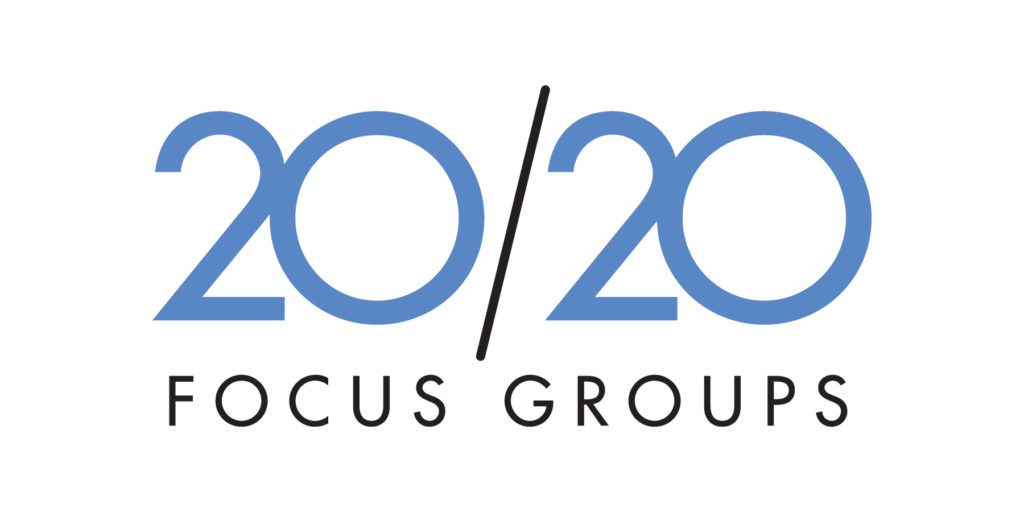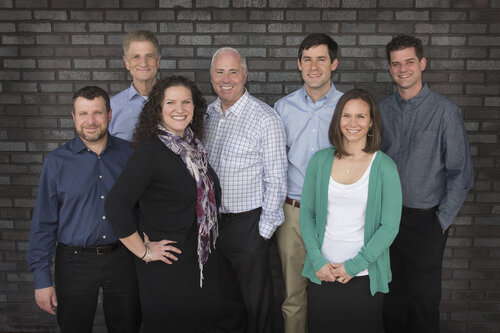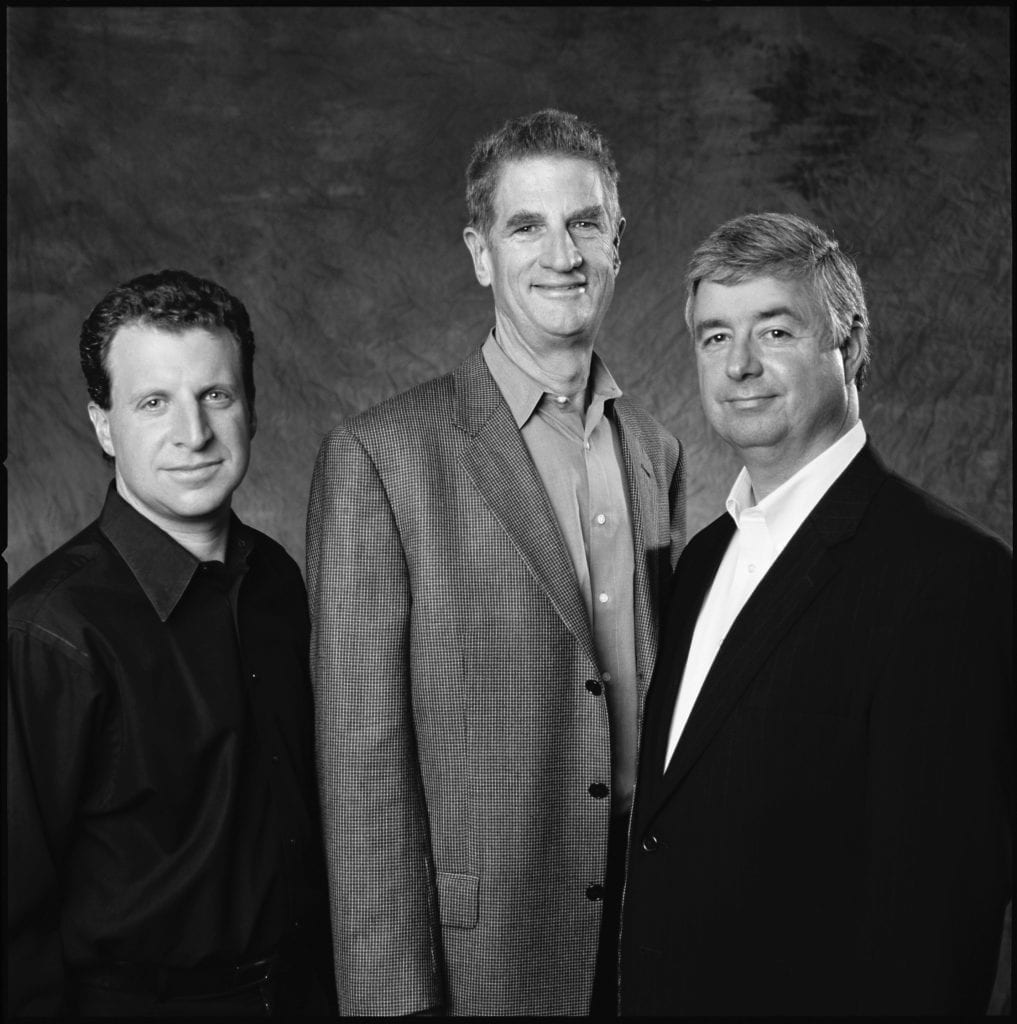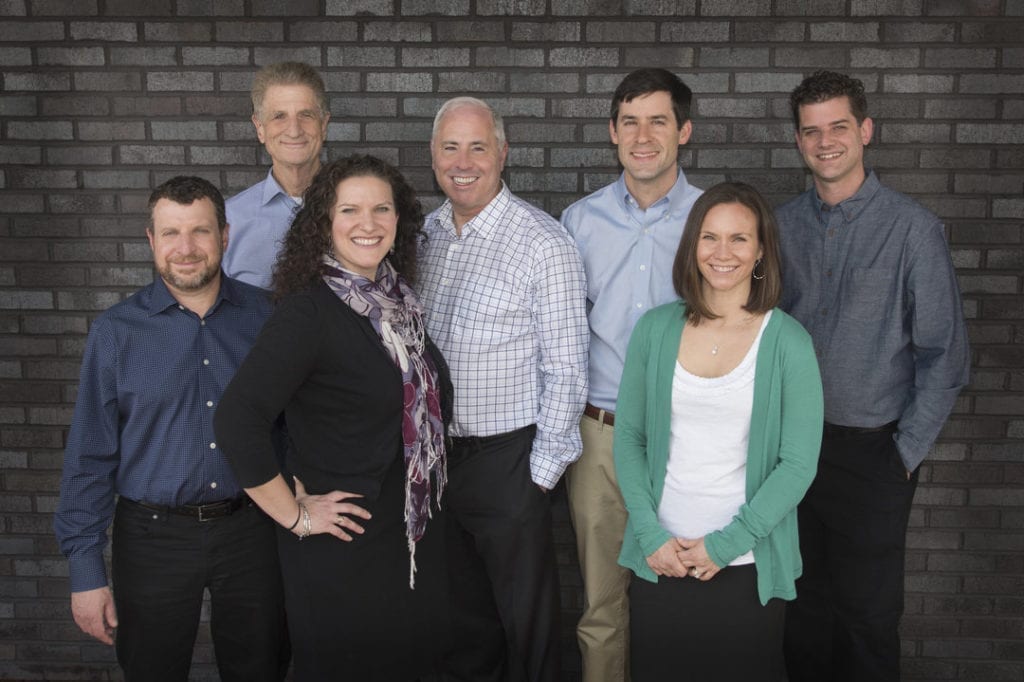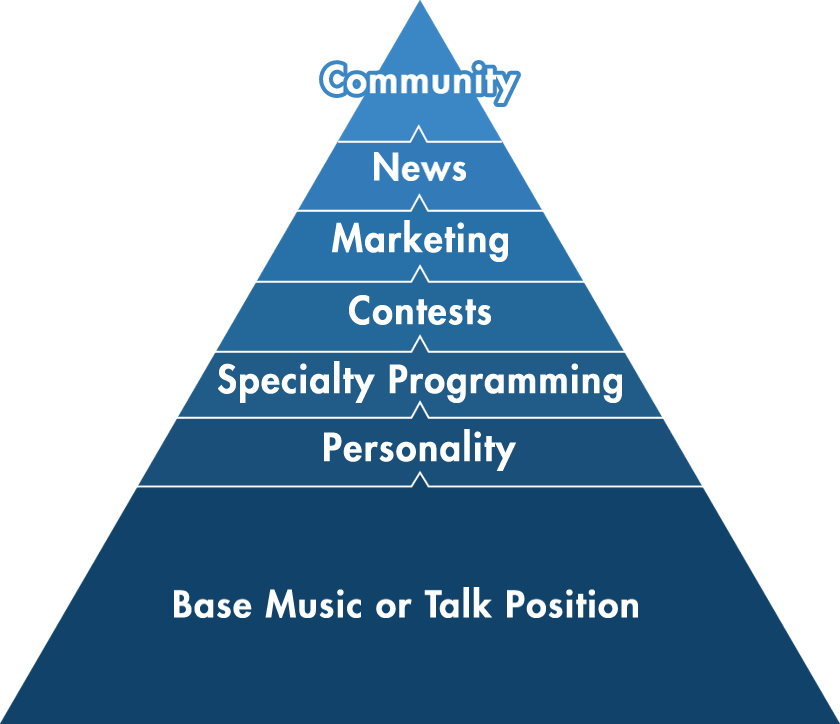Oakville, Ontario – Sept 5, 2024: Quest Global Research Group Inc., a leader in the market research industry, is pleased to announce its acquisition of Coleman Insights, a prominent media research firm. This partnership will enable both companies to broaden their offerings and deliver enhanced services to clients across the market research community.
Founded in 2003 in Ontario, Canada, Quest is one of the industry’s leading online market research companies, operating in over 70 markets and employing over 200 people globally. Quest’s portfolio includes the online research data collection company Quest Mindshare, the panel management company SampleGurus, online panels Opinion Champ and Panel Champ, and the industry’s leading data quality platform: dtect.
Since 1978, Coleman Insights has delivered research that has helped media companies in more than a dozen countries build strong brands and develop great content. The company, which is headquartered in Raleigh, North Carolina, has been a leader in the radio, podcasting, and streaming industries.
Coleman Insights’ integration into the Quest family will create a more comprehensive suite of services, leveraging each organization’s strengths to better meet evolving client needs. Combining Coleman’s strategic insights and Quest’s data collection capabilities, services, and technologies will offer more innovative solutions for solving clients’ biggest business challenges.
“We are thrilled to welcome Coleman into the Quest family,” said Greg Matheson, co-CEO of Quest. “This acquisition is a significant milestone in our growth strategy, enabling us to expand our service offerings and provide even greater value to our clients. The synergies between our companies will drive innovation and allow us to better support our clients’ needs.”
Coleman Insights will continue to operate under its brand and its existing team while benefiting from the expanded resources and capabilities of Quest. “After partnering with them for more than a decade, we know that Quest shares our commitment to quality and client satisfaction,” said Warren Kurtzman, President of Coleman. “By joining forces, we can enhance our offerings and provide our clients with a broader range of services, all backed by the expertise and resources of a larger organization. This partnership marks an exciting new chapter for Coleman Insights, and we look forward to what we can achieve together.”
For more information, please contact:
Jay Nachlis
VP, Consultant
jaynachlis@colemaninsights.com
Nicole Antic
Director, Business Administration
nantic@questmindshare.com




